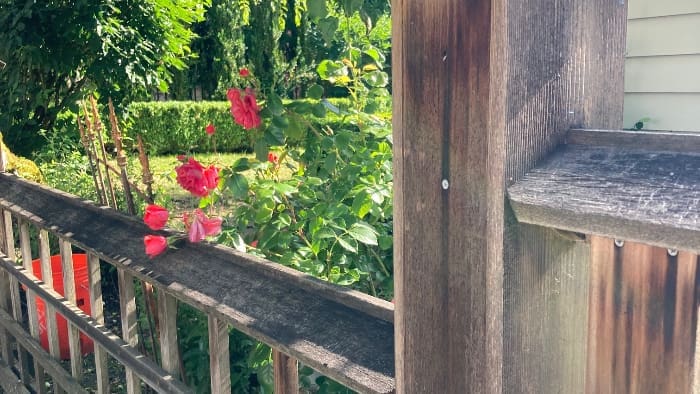
Have you noticed? There’s a lot of talk about boundaries these days. But what are they? And what are your boundaries trying to tell you?
What are boundaries?
Boundaries are like emotional skin — they keep some stuff in and other stuff out. And like skin, they breathe. And they have nerves, so they can feel pleasure and pain.
In this particular post, we will explore boundaries as points of contact, where we meet; where our lives join together; where we understand ourselves in the context of another person who has their own boundaries.
Think of it this way: your boundaries say something important about who you uniquely are. The same is true for me. So: What do each of us think and believe? If you have a clear sense of your boundaries, and I so do I, we can then look for points of connection and disconnection. And in so doing, each of us can benefit by adding to the other person’s understanding of who we are individually and together.
The classic text.
Let’s grab an image, as we often do, to help us visualize what we’re talking about.
One image is from the poem Mending Wall by Robert Frost. This poem is the classic poem-text for the study of boundaries. You may have even been to a boundary training event at your workplace and had this poem read for discussion about how boundaries work, or should work. I’m not going to take a deep dive into the poem here, but I do want to draw from it that boundaries can help us connect.
Something there is that doesn’t love a wall.
Frost begins his poem with this:
“Something there is that doesn’t love a wall,
That sends the frozen-ground-swell under it,
And spills the upper boulders in the sun;
And makes gaps even two can pass abreast.”
He goes on to describe a stone wall between his property and his neighbor’s adjoining property in New England, where they make walls out of the stones they find lying about on their properties.
Frost goes on to say if it were up to him, there would be no wall between he and his neighbor, since there is nothing to keep out or in. His neighbor has a pine forest, and he has apple trees. There are no cows or other livestock to wander willy nilly.
But his neighbor really wants the wall. His neighbor says, “Good fences make good neighbors.”
So the poet goes out of his way each spring to make an appointment for the two men to walk the length of the wall and repair it together.
What are your boundaries trying to tell you?
The focus of this poem for Frost is that the wall creates an opportunity for he and his neighbor to connect, albeit on opposite sides of the stone wall. As they walk the length of the wall, each mending the wall from his own side, the wall is put back together, stone by stone, repairing the damage it has endured over the previous fall and winter months.
What if we were to see boundaries this way? As points of connection? As opportunities to get together to discuss what we think and believe, and why? Let’s say, for example, that you and your partner were to sit down after work and talk about things that are important to each of you — intentionally. Actually make time to get together for let’s say fifteen minutes each evening, without a podcast or phone or television on, and “walk the wall” together?
You could do the same with virtually any important person in your life. But remember: honesty counts. For this to work, you’ve got to be willing to show your boundaries and watch for the boundaries of the other person.
What would it take?
Let’s run it through the one simple structure.
First, accept. Do you make time on a regular basis to “walk the wall” with the important people in your life?
Second, build. Would you like to?
And finally, connect. What plan could you make to connect briefly and meaningfully with the important people in your life on a regular basis? To honestly explore what each of you think and believe? What would it take to make that happen?
The takeaway:
Boundaries can help us make meaningful connections with the important people in our lives, to “walk the wall,” mending as we go.
Read more.
I can help you “walk the wall” with the important people in your life.
You have three great options for your next step. You could contact me at 971-219-7343 to describe what you're going through. Or you could use the contact form below Or you can book a session to make a time to get together and talk it over in person. Either way, I'm here to help you focus, overcome resistance, and get moving again.
Would you like to explore this topic further?
You may choose either of the free options below.